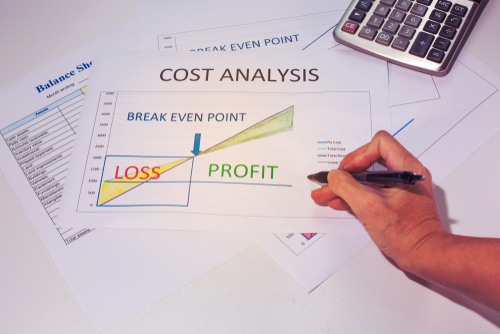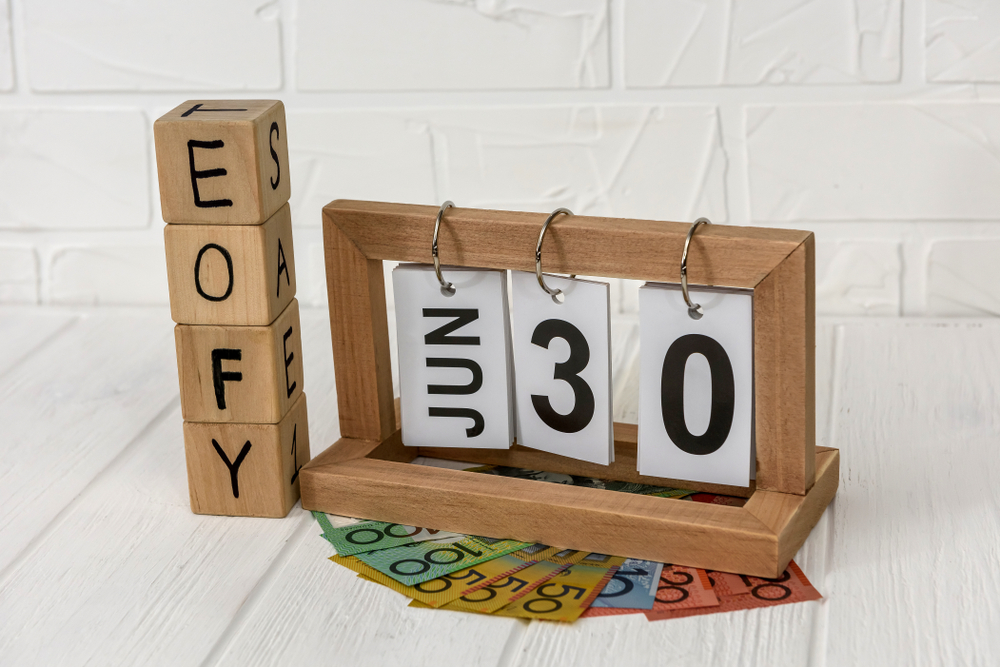Did you know that government agencies use Australian Business Number (ABN) details to identify individuals and businesses in communities affected by emergencies or natural disasters?
This can happen any time and any season, so we encourage you to keep your Australian Business Register (ABR) details up-to-date. This enables immediate emergency services assistance and ensures affected businesses are contacted in the event of crisis.
Details to Update
- Check that your recorded names are correct – If you have legally changed your name, you should update that with the ATO so that the correct legal name is linked to your ABN.
- Email address – This should be one that you can easily access from your phone or other means during an emergency.
- ANZSIC code – It’s a good idea to check that this is correct for your business type in case your business services have changed since you registered your ABN.
- Business address – This is essential to update, so that if an emergency or natural disaster affects your area you are contacted.
- Telephone number
- Postal address
- Additional business locations – You can add multiple locations if your business operates from more than one premises.
- Authorised contacts for the business – Consider adding more than one contact for the business.
Business, Individual and Company Names
Name changes can’t be updated on the Australian Business Register. If you need to update a business name, a legal individual name or a legal company name talk to us about liaising with the ATO or ASIC on your behalf to update your details.
Update Your ABN Details Now
Changes made to the ABR reflect immediately. It is always important to keep ABN details up to date, but for businesses in disaster prone areas, it is especially crucial as this can make all the difference with getting help quickly. Emergency services can access contact details from the ABR, which means affected businesses can get important updates and assistance from emergency services without delay.
Visit ABR to update your ABN Details or let us submit these details on your behalf.










